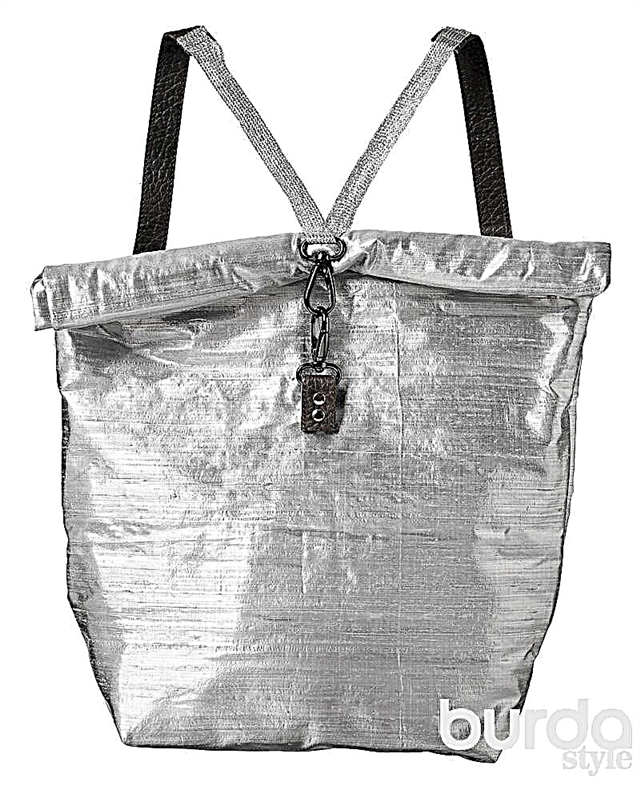Share
Pin
Tweet
Send
Share
Send
A broth is called a decoction obtained by cooking in water bones, meat, poultry, fish, mushrooms.
Depending on the type of products used, bone broth, meat-bone broth, poultry, fish, mushroom broths are distinguished. Sometimes broths are boiled only from the pulp of meat. Extractive substances, proteins, fats, mineral elements pass into the broth from products. The solids content in the broth is about 1%.Broths are the basis for the preparation of a variety of sauces and soups. Broths are also used as an independent dish, in this case pies, croutons, etc. are served to them as a side dish.
Soup broths are cooked from food bones, food bones and meat products, poultry, bones and food products, fish and its food waste.
Food bones include: beef - the articular heads of the tubular bones, pectoral, vertebral and sacral bones; pork and lamb - vertebral, pectoral, pelvic, tubular and sacral bones. Rib and scapular parts of beef carcasses for the preparation of broths are not used; they are handed over for technical processing. Vertebral bones are used to make broths, which are the basis for sauces.
When cooking the broth, the correct dosing of the amount of water is important, taking into account boiling and other production losses. These losses are not stable and depend on the duration and mode of cooking, the type and capacity of the heating equipment, the mass of the broth and a number of other factors. The water consumption for preparing the broth in the recipes is designed for the optimal cooking mode.
Meat and fish broths can be prepared canned: their output is 1 liter of 1 kg of bone, meat products or fish food waste. Canned broths are diluted to the required volume in accordance with the norm of laying raw materials per serving. For example, at a rate of 100 g of bones, 100 g of meat-based meat broth should be taken per serving.
When preparing broth, edible bones are crushed for more complete extraction of nutrients. Vertebral and flat bones are cut across into parts 5-6 cm in size, the articular heads of the tubular bones are cut into several parts, the tubes are left intact. Young beef and pork bones are lightly fried in ovens to improve the taste and appearance of the broth.
Prepared bones are poured with cold water and boiled at a low boil, removing foam and fat from the surface. The duration of cooking the broth from beef bones is 3.5-4 hours, pork and lamb - 2-3 hours. Longer cooking affects the taste and aroma quality of the broth.
30-40 minutes before the end of cooking, parsley (root), baked onions, carrots, salt are added to the broth. Carrots and onions are cut into halves (large root vegetables should be cut lengthwise into several parts), put the chopped side on clean, dry cast-iron frying pans and bake without fat until a light brown crust is formed, avoiding burning. You can also add to the broth stalks of parsley, celery, dill, peeled trimmings of carrots, onions, white roots. The finished broth is filtered.
Meat and bone broth is prepared in the same way as bone broth. 2-3 hours before the end of cooking, put pieces of meat weighing 1.5-2 kg. This provides a higher taste quality not only broths, but also meat. In addition, the broth is more transparent.
For poultry broths use bones, offal (heart, stomachs, necks, heads, legs, wings, neck skin), whole carcasses. Bones are chopped into small parts, poultry carcasses are seasoned and poured with cold water, quickly brought to a boil, and then cooked until tender for a slight boil for 1-2 hours. During cooking, foam and fat are removed. 30−40 minutes before cooking, add parsley (root), baked carrots and onions to the broth. The finished broth is filtered. With the simultaneous use of bones, offal and whole carcasses, bones and offal are first boiled, and whole carcasses are laid later in accordance with the timing of their cooking.
For cooking fish broths use food waste obtained by processing fresh or freshly frozen fish. Food waste includes heads, bones, skin, fins. Gills are preliminarily removed from the heads, and eyes are removed from large heads. Large heads and vertebral bones are cut into pieces. Prepared food waste is poured with cold water, brought to a boil, the foam formed on the surface of the broth is removed, parsley (root) and onion are added and boiled for 40-50 minutes at a low boil. The finished broth is filtered. In addition to food waste, fish is used for the first course.
When cooking the broth from the heads of fish of the sturgeon family, one hour after the start of cooking, the heads are pulled out, the flesh is separated, and the cartilage continues to cook until softened for 1-1.5 hours. The finished broth is filtered. Chopped boiled pulp and cartilage, pour a small amount of broth, bring to a boil and use it when serving meals.
For the preparation of sauces using the so-called brown broth. It is cooked from bones washed and chopped into pieces 5-7 cm long. Bones are pre-fried on a baking sheet in an oven at 160-170 degrees with the addition of carrots, parsley, onions, cut into pieces of arbitrary shape. Lamb, veal, pork, poultry and game bones are fried, turning, 30−40 min, beef - 1−1.5 hours. When the bones become light brown, the frying is stopped, and the released fat is drained. Fried bones with baked roots and onions are put in a cauldron, poured with hot water and boiled for 5-6 hours at a low boil, periodically removing fat and foam. In the brown broth, to improve the quality, you can add meat juice obtained after frying meat products. To do this, on a baking sheet on which meat products were fried, pour a little broth of meat or water and boil for 2-3 minutes. The finished broth is filtered.
When cooking concentrated broth for 10 kg of finished broth take: beef bones, chopped pork - 20 kg; carrots, onions, parsley root (or celery) - 0.48 kg each, water - 50.4 liters. Food bones are crushed on a bone-breaking or bone-crushing machine to a size of 3-4 cm, washed with a shower with a flexible hose and fried in an oven at a temperature of 240-275 degrees for 40-50 minutes to a light brown color. Then the bones are cooked in boilers with perforated inserts for 8-10 hours. The rest of the cooking process does not differ from the traditional one. The finished broth is drained, defended for 30-40 minutes and filtered.
Share
Pin
Tweet
Send
Share
Send



